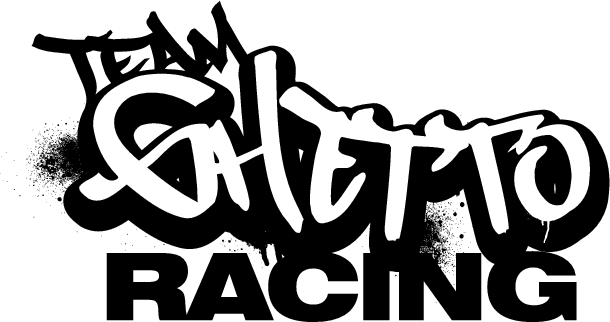All about Jimny traction control/stability control / ESP/TC
One of the real areas of confusion for people with the generation 4 Jimny is around the ‘traction control’ and how to best work with it. It isn’t necessarily an incredibly modern system, and in more cases than people admit it is helpful, however, it’s useful to understand a few things about it.
What is it?
The Jimny includes both traction control and electronic stability program safety systems. The traction control is only one part of that safety system: traction control (TC) essentially is “a wheel is spinning, do some things to stop it”. Most of what people call traction control is, in fact, the electronic stability program (ESP) which detects if the car is sliding at one end or another and takes some action to help the car make whatever turn you’re trying to make it work.
In short:
- A wheel tries to spin: traction control stops it
- The car doesn’t turn as much as you want (understeer) or turns more than you want (oversteer): ESP stops it
Neither of these systems can defy the laws of physics. In particular: If you’re going too fast for a corner, ESP will do its best but it can only work with the grip the car has.
These systems are essentially goverened by the combined antilock brake (ABS) and ESP module, which is the computer attached to the pump in the engine bay with multiple solid brake lines going into and out of it.
How it works
How it works depends on what the car is doing. For traction control:
- If one rear wheel is going faster in 2WD than the other, or one wheel on axle is going a bit faster than another in 4H, then ‘traction control’ will intervene in one or two ways:
- Ask the ECU to do some things engine to reduce power
It can do this in a few ways. It can ask the electronic throttle to reduce airflow to the engine, it can reduce fuel flow to the engine via the injectors, and it can change ignition timing (or turn off ignition on cylinders completely).
Often this intervention is not noticed and if it happens fast you don’t even see the flashing TC/ESP light on the dashboard. - Ask the ABS pump to brake the wheel that is going faster than others
You will definitely notice this as the ABS pump on the Jimny is quite loud, and it makes a grinding sound. It isn’t anything rubbing on the car or other stuff happening, that’s just the sound of the ABS pump working away.
- Ask the ECU to do some things engine to reduce power
- In low range, it is especially intolerant of wheel speed differences on an axle. It doesn’t really do traditional traction control, but instead it is trying to stop one wheel spinning.
Because of how the differentials work in the Jimny this wheel spinning would normally receive all the power and you’ll make little to no progress with a wheel in the air. Traction control operating in low range is a benefit as it’s only ever trying to send drive to the wheel with the most grip on an axle.
ESP works very differently, and often when people talk about ‘traction control’ working it’s actually the ESP system intervening. The ESP system really compares ‘yaw rate’ aka how fast the car is changing direction, and the steering angle sensor to see how much steering input you’ve made to the car. It can also use wheel speed differences to also see if there’s any disagreement about how much the car is steering: as you go around a corner the inside wheels travel less fast than the outside wheels, as the outside wheels have to go around a larger distance.
If the ESP system sees that the steering angle is much greater than the car is turning, it interprets the car as understeering.
If the ESP system sees that the steering angle is much less than the car is turning, it interprets the car as oversteering.
Some of the ways you’ll notice it working
The first thing you’ll (potentially) notice is a flashing orange light in the gauge cluster:
Some of the ways you won’t notice it working
How do I disable it?
Low range
Maintenance mode
ABS pump fuse removal
